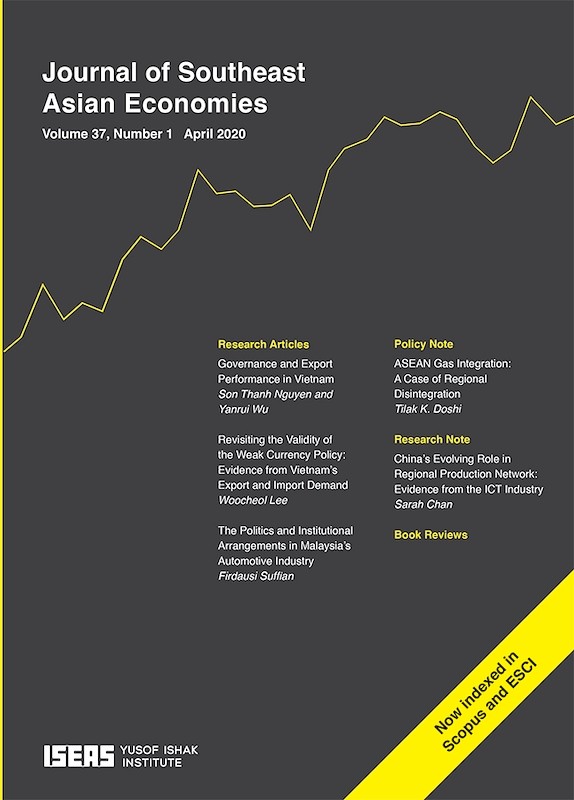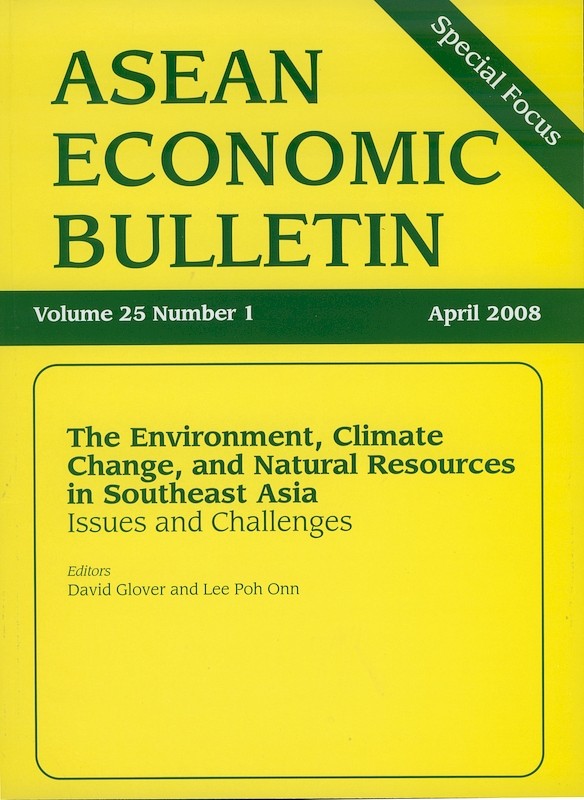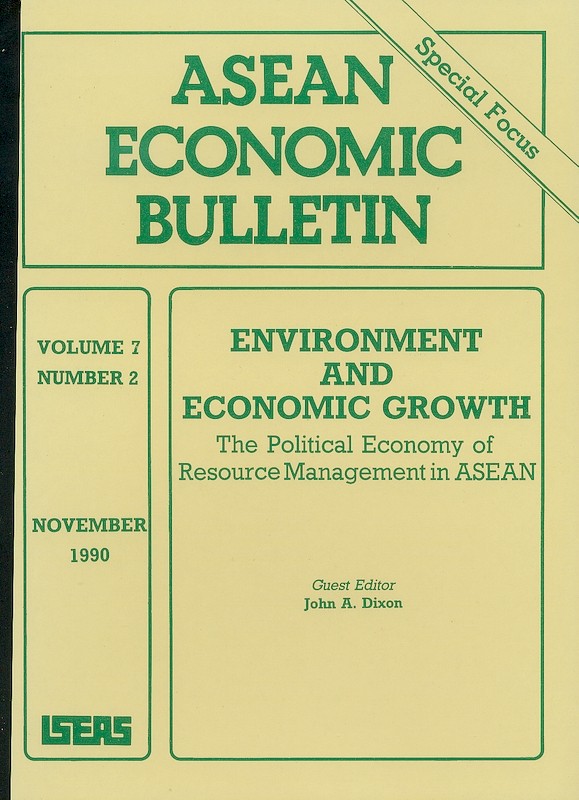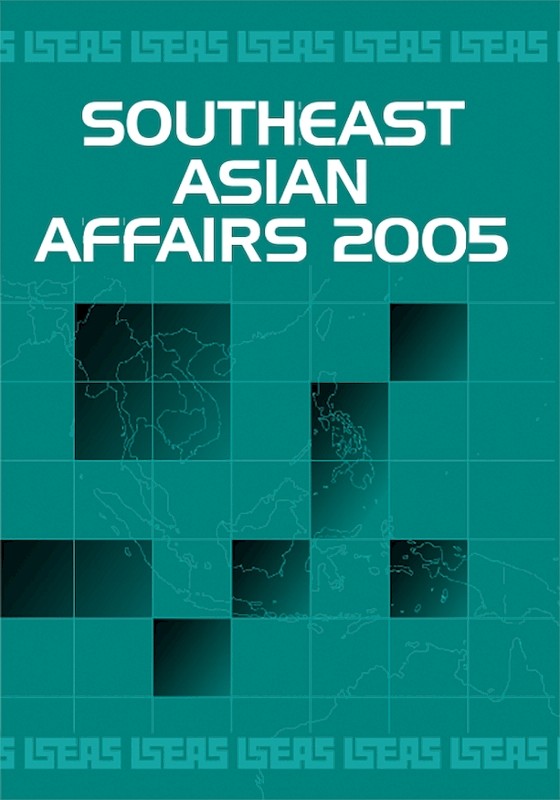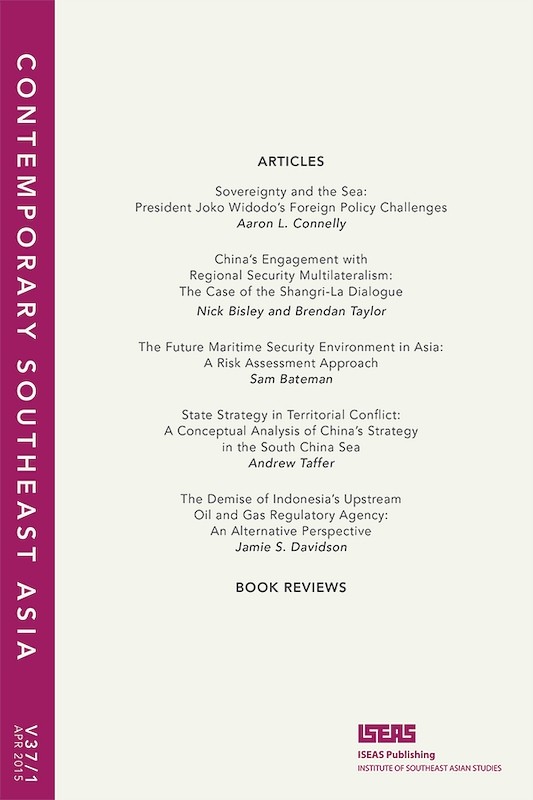ASEAN Economic Bulletin Vol. 6/2 (Nov 1989)
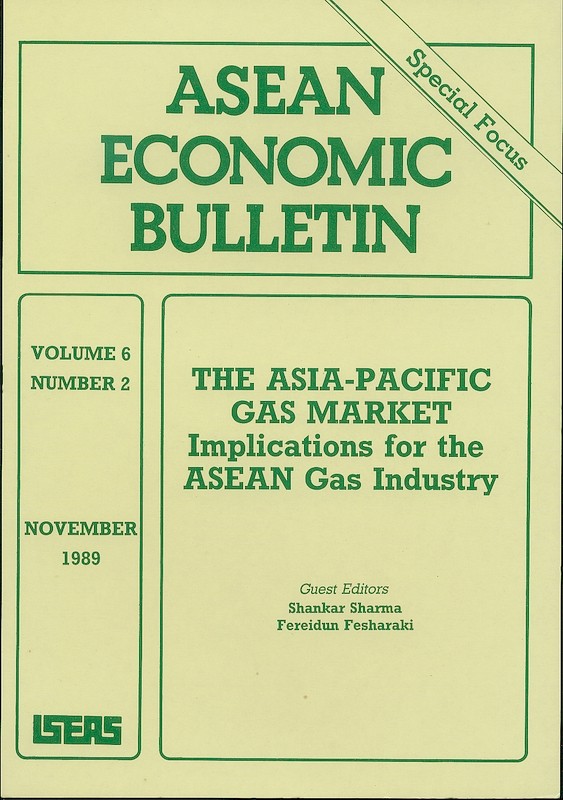
Date of publication:
November 1989
Number of pages:
94
Code:
AE6/2
Contents
-
Preliminary pages
- ARTICLES
-
Energy Outlook in the Asia-Pacific Region: Declining Oil Availability and Its Impact on Gas Requirements, by Fereidun Fesharaki, author see abstractThis paper examines the Asia-Pacific energy situation and highlights the role of competing fuels within the global context. Asia-Pacific oil and gas reserves are presented and the pattern of energy consumption is explained. A review of the current and future energy requirements of the region reveals that the dependence on outside oil will grow, as indigenous oil production in the region will decline significantly over the next 10-15 years. This will force the region to look for alternate energy options. The paper argues that energy options are limited in the Asia-Pacific region. While nuclear power prospects in the Northeast look bright, the real energy option is natural gas. Many Asian countries are rich in natural gas resources. The reserve-production ratio for gas is much larger than that of oil. Thus, concerted government policies on incentives for natural gas exploration/production, expansion of natural gas use through government assistance with the infrastructure investments, and conversion of oil to gas facilities are suggested for the development of natural gas in the region.
-
Development of the Natural Gas Market in the Asia-Pacific Region, by Tsutomu Toichi, author see abstractPromoting the use of natural gas and expanding LNG trade in the Asia-Pacific region can contribute to lowering oil dependence and can be of crucial significance to the regions economic development. In addition, growing concerns about nuclear power and "the greenhouse effect" caused by the burning of fossil fuel, particularly coal, tend to increase the importance of natural gas use in the future. However, it is also very clear that drastic changes of oil situations in recent years require gas producers and consumers alike to respond in more flexible and creative ways.
-
The Competitive Gas Price Principle: Its Relevance for Gas Development in the Asia-Pacific Region, by James Ball, author see abstractPrices set by some arbitrary or textbook theory will usually fail to promote natural gas development very much in a real world situation. Developing gas requires an approach totally different to developing oil because gas is largely a local energy and moves in an integrated chain from production to market. This paper argues that the success of the entire gas industry depends on its ability to optimize its chain economics; to match market needs and opportunities. Gas prices should reflect both the changing mix of the various gas demand sectors and the prices of competing energies in the relevant sectors.
-
Domestic Utilization and Trade of Natural Gas in ASEAN, by Shankar Sharma (A), author see abstractThis article reviews production, utilization, and trading patterns of natural gas in the ASEAN region. Prospects and constraints for future development are also examined. Analysis shows that all ASEAN countries, except the Philippines and Singapore, are endowed with vast natural gas resources. ASEAN countries account for about 4 per cent of the estimated world reserves of natural gas. ASEANs reserve life of gas is about 67 years at the present level of production. The share of natural gas in total energy consumption has increased significantly in recent years. The most dramatic use of natural gas is in the power sector. In future, domestic utilization is expected to increase in all ASEAN countries. The prospect for substituting fuel oil by natural gas especially in power generation is very high in the region. Exports from ASEAN countries are also expected to increase but at a slower rate. The oil price crash of 1986 brought a new pricing issue to the gas trade. The lesson learnt was that contracts for the gas trade should not be rigid.
-
Gas Utilization in Indonesia: A Short Overview, by Wijarso, author see abstractThis paper tracks the role of gas in Indonesia from its early field utilization in the late twenties to the country's present role as the worlds largest and most reliable LNG supplier, Past constraints and all present domestic gas uses are detailed as are plans for future expansion of the domestic gas market. The possible utilization of the different gas fields in this expansion programme and the role of thermal power generation in the gas development plans are examined. Present gas exports, which consist mainly of LNG produced from two plants with a total of ten trains, and future LNG export possibilities are also discussed. Contractual conditions such as LNG pricing and the take-or-pay provision are highlighted, especially for possible future contracts.
-
Natural Gas Development and Utilization in Thailand, by Pala Sookawesh, author see abstractIn September 1981, Thailand became a natural gas producer and in January 1983, started to produce crude oil. A recent report on drilling activities shows the success ratio of about 5 to 3 and 5 to 4 for onshore and offshore respectively. Total current reserves for natural gas is estimated to be in excess of 13 trillion cubic ft. At present, about 550 million standard cubic ft. per day of natural gas is being produced, representing some 26 per cent of the country's petroleum requirement. The gas is currently being utilized in electricity power plants as fuel, in the transportation industry, and in domestic cooking in the form of LPG and in other industries as fuel. It is also planned to be used as petrochemical feedstock. Since its discovery it has brought many benefits to the nation including savings of foreign currency, reduced dependency on imported energy, establishment of new industries to serve the domestic market, and increasing employment as well as providing royalties and taxes to the government. In view of the increasing natural gas demand in Thailand, the government is carefully planning for the development of new gas fields, the laying of new pipelines, and the setting-up of new plants.
-
DOCUMENTATION: Declaration for the Establishment of the ASEAN Council on Petroleum (ASCOPE)
-
DOCUMENTATION: Memorandum of Understanding of ASCOPE
-
DOCUMENTATION: Organization Development of ASCOPE
-
DOCUMENTATION: Agreement on ASEAN Energy Cooperation, Manila, 24 June 1986
-
DOCUMENTATION: Joint Press Statements of the Eighth Meeting of the ASEAN Economic Ministers
-
BOOK REVIEW: The Minerals Industries of ASEAN and Australia: Problems and Prospects, edited by Bruce McKern and Praipol Koomsup, by Shankar Sharma (A), author
-
BOOK REVIEW: Oil and Natural Gas Resources in the ESCAP Region: Geology, Reserves, Production, Potential, Distribution, by ESCAP, by Tin Maung Maung Than, author
-
Conferences, Workshops, and Seminars
-
ASEAN Chronology 1989
-
Data Sources on ASEAN Energy

